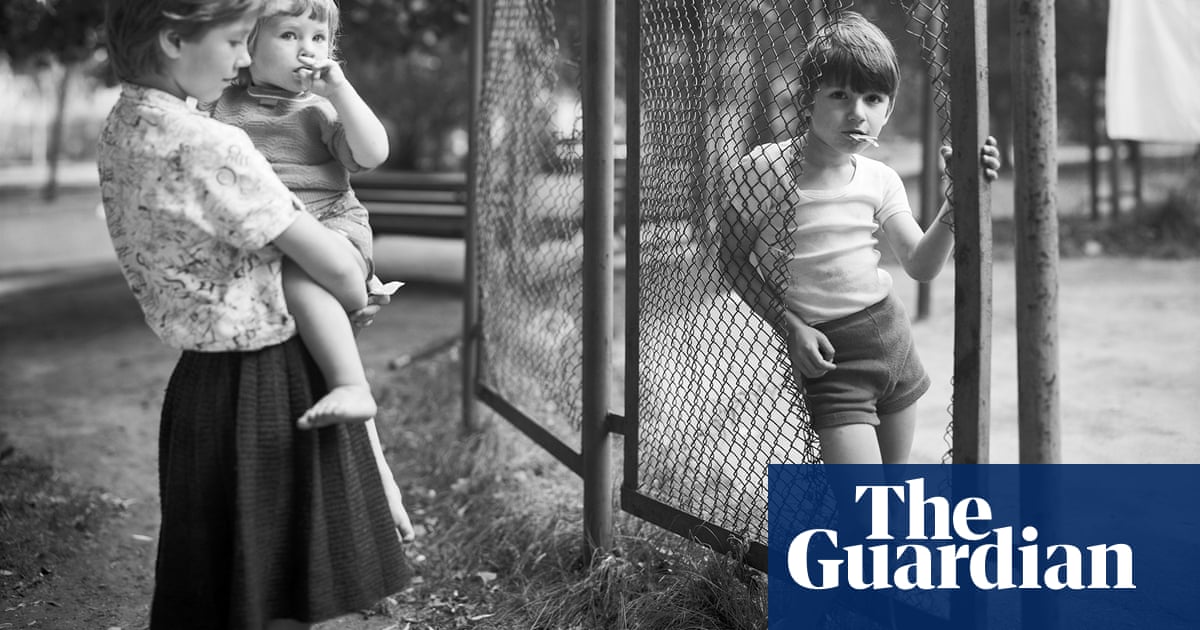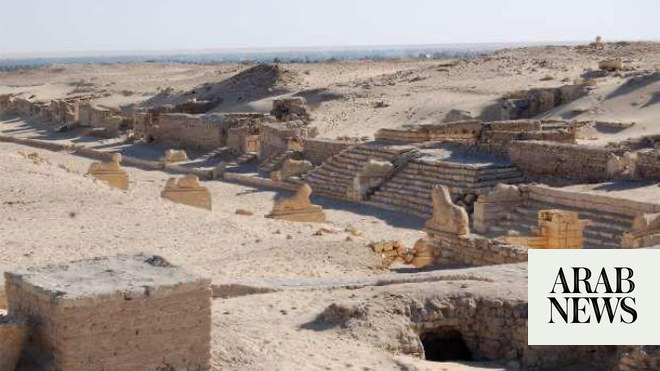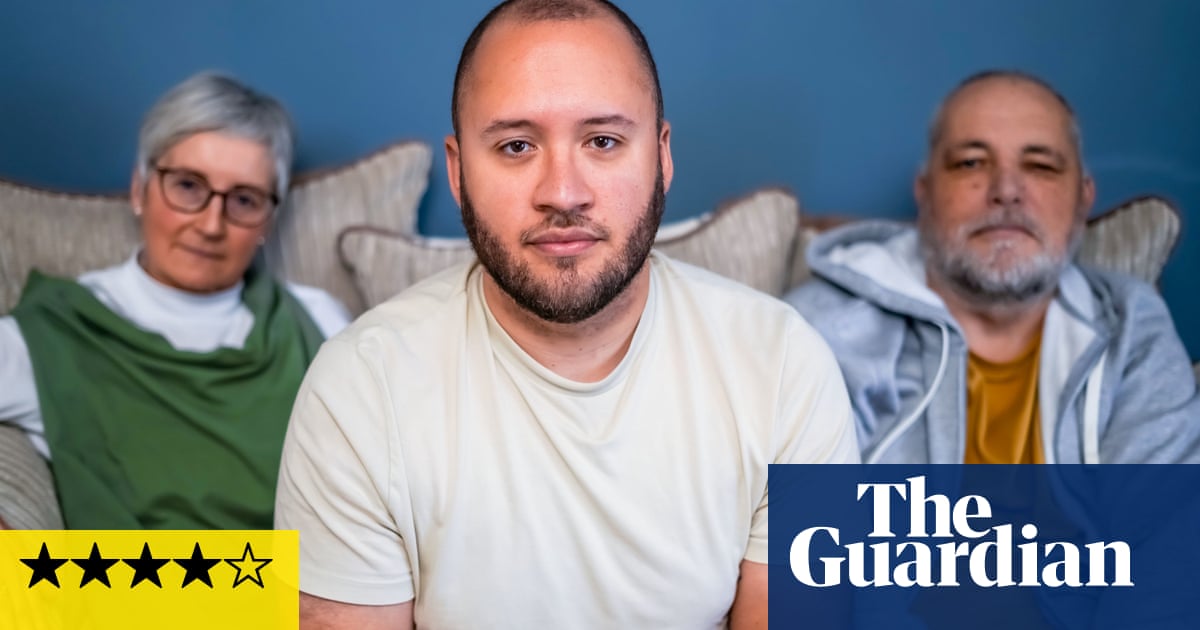
At the cafe that doubles-up as a newsagent in Galliano di Mugello, a medieval hamlet in Tuscany, there are no pings from mobile phones, people aimlessly browsing the internet or uploading pictures of their cappuccino to Instagram. Instead, customers read the newspaper – their main source of information on the outside world – or talk to each other.
Surrounded by Tuscany’s postcard perfect cypress trees and rolling hills, Galliano di Mugello, would be a haven for those wanting a digital detox. But the absence of mobile phone coverage is a much less endearing quirk for the 1,300 or so inhabitants, who are starting to rise up against not being able to make a call, send a text or search for something on Google on their handsets.
“Look at this,” said Daniela Suggelli as she pointed to the signal strength icon on her screen. “There are no bars. It is an absolute nuisance.”
Galliano di Mugello became a symbol of Italy’s digital divide after a report from the ministry of innovation and AGCOM, the communications watchdog, placed it high among the 204 areas in Italy classified in the report as a “very white zone” because of its nonexistent mobile phone coverage and patchy internet service. Although people can access the internet at home via ADSL or through the more recent arrival of fibre broadband, connection is often disrupted, especially when the weather is bad. Almost everyone has a mobile phone too, but they cannot use it when they are out and about in the hamlet.
It even captured the attention of Netflix, which earlier this year used the hamlet in a trailer for the Italy promotion of The Mitchells vs the Machines, an animated comedy film about a wacky family fending off a robot apocalypse as technology takes over the world.
“In Galliano di Mugello, robots will never rebel,” was the slogan for the Mitchells vs the Machines trailer, which stars some of its residents and goes on to describe the hamlet as a place unburdened by “noise, traffic, long queues … or technological problems”.
While the promotion of the scenery and charms of Galliano di Mugello, which falls under the municipality of Barberino di Mugello, was embraced, the publicity generated by the trailer also presented the ideal opportunity for the mayor, Giampiero Mongatti, to revive his battle to get the hamlet online. Bridging the digital divide is a top priority for prime minister Mario Draghi’s government, with a significant proportion of the more than €200bn (£170bn) that Italy is receiving from the EU’s post-coronavirus pandemic recovery fund set to be spent on digitalisation.
“Mobile phone companies don’t invest in Galliano because they don’t think it’s worth the cost,” said Mongatti. “But with the EU recovery fund money, the government should now pay them to invest. It is true that there is a strong sense of community in Galliano and you never see people in the street staring at their phones. All of this is very nice, but at the same time citizens want to be connected and shouldn’t be treated as second-class.”
Mongatti, whose office is based with the rest of the town hall in the better-connected Barberino, argued that mobile phone coverage was now a basic necessity, especially in an emergency situation.
In December 2019, when the area was struck by a strong earthquake, he was unable to communicate safety procedures to people in Galliano.
“We sent out a series of messages on social media, but the thing was that everyone was out on the streets and so couldn’t read the messages,” he said. “I had to send police patrols to tell people what to do.”
Marika Batisti, who runs an agritourism farm, was left in a frightening situation in January after a couple of burglars entered the premises during the night. She was unable to go downstairs to use the landline to call the police, as that’s where the burglars were. So she ventured out on to the terrace, and after waving her mobile phone around for some time, managed to get enough signal to make the call.
“It was a nightmare, not even the internet was working,” she said. “It’s essential now for security – how are we supposed to call the police or an ambulance if something happens?”
The bad internet connection also proved to be an issue when students had to follow online lessons at home during coronavirus lockdowns, with some being forced to take their handsets to the car park of a restaurant perched on a nearby hill, from where a signal can sometimes be found.
“We need the internet for everything nowadays, even to book our Covid-19 vaccines,” said Suggelli. “Although I’m a pensioner, and so the problems don’t affect me so much … but what about people who need it for work or study?”
Suggelli tried to put the Guardian in touch with a young female inhabitant to interview, and popped into the butchers, owned by Andrea Guasti, to ask to borrow his landline.
“I can’t get through,” said Suggelli. “She probably has no reception – you see the issues it causes?”
Guasti, one of the stars of the Netflix trailer, is used to people asking to borrow his phone. “I have a landline here and at home, as well as a mobile phone, which makes everything very costly,” he said.
Mongatti said the thing that makes Galliano stand out from other towns or villages with no or precarious internet access is its sizeable population. Neither is it remote – Galliano lies close to the Apennine mountains and is just an hour away from Florence. The area is popular with hikers and even featured in a video for the Madonna song, Turn Up the Radio.
But Mongatti refuses to promote it as a holiday destination for those seeking to detox.
“When I went to the beach for 15 days in the summer, I turned off my phone,” he said. “But the true liberty isn’t about not having a signal, but about being able to choose when to switch off. And we need to give the citizens of Galliano that choice.”












